What To Look Out For - October 2015
October is the month many millions of birds in the vast northern European forests prepare for their North Sea crossing. It’s a great month to look out for arrivals of Blackbirds, Song Thrush, Redwing and Fieldfare. These birds have spent the last couple of months feeding on berries and invertebrates storing as much fat as possible for their migration. Energy and resilience are vitally important for their 600km North Sea crossing.
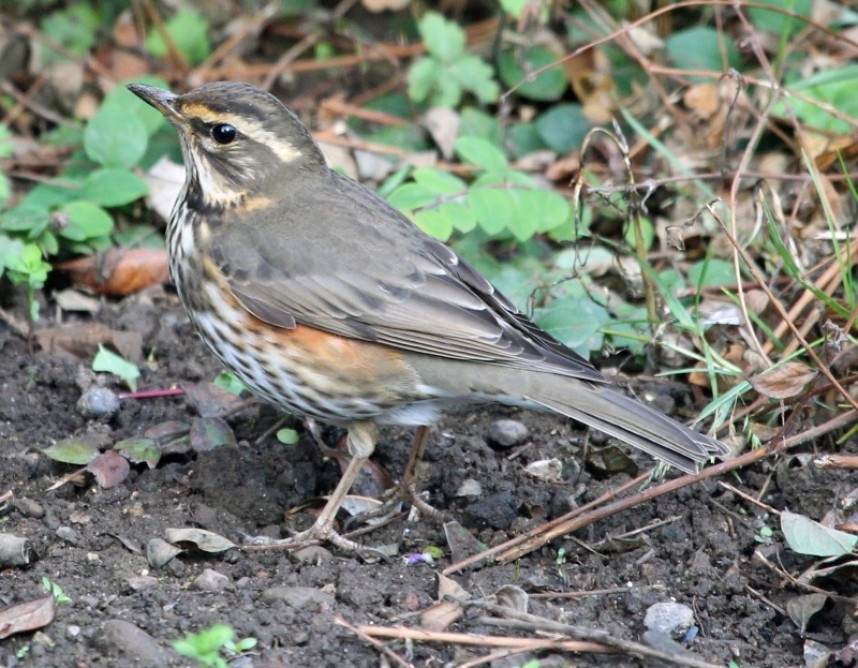
Redwing © Richard Baines
If conditions are fair, high pressure and a tail wind the crossing can be made with ease by many of these birds. However if there is low pressure over the North Sea and fog, many birds become disorientated, the weakest may die, land on fishing boats or even oil rigs. When large numbers of migrant songbirds land on the coast, birdwatchers call this a ‘fall’. This can be spectacular as many species can be found in a small area.
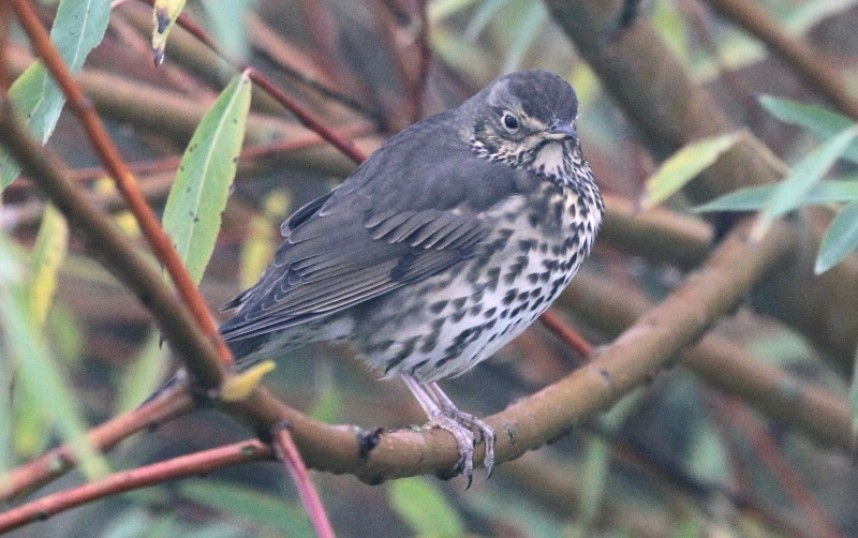
Song Thrush (Scandinavian) © Richard Baines
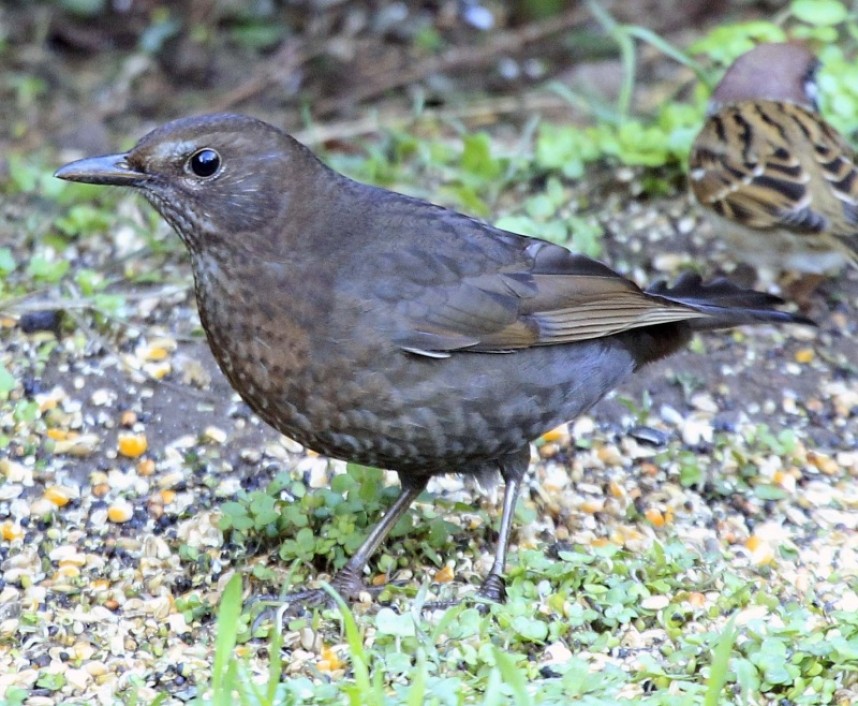
Blackbird © Richard Baines
Trees such as Sycamore can be excellent habitat on the coast providing shelter and food at this time of year. They are relatively salt tolerant, hold their leaves longest in late autumn and provide habitat for large numbers of aphids. Hawthorn is also an important tree for small songbirds’ they are great places for spiders, a very nutritious meal for tiny birds such as Goldcrests! Europe’s smallest bird, Goldcrests cross the North Sea every year to find more food in Western Europe. Their legs are half the thickness of a matchstick and they weigh no more than 5 grams! When the weather is poor on the coast these amazing birds can arrive in their thousands.
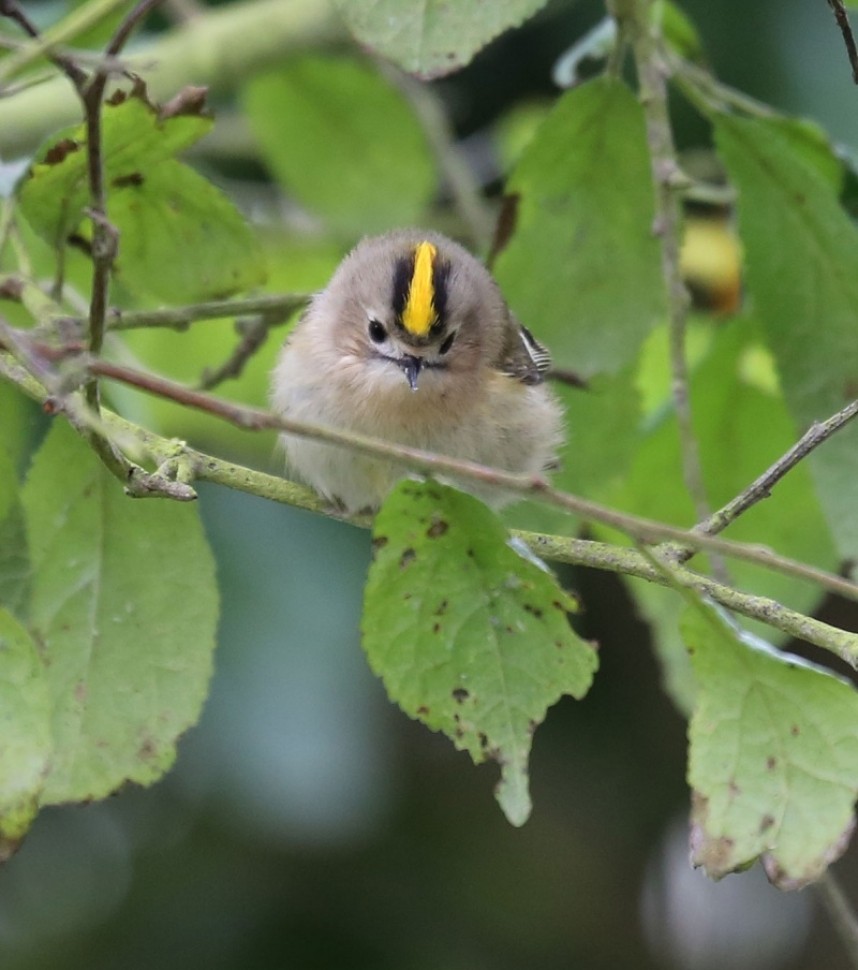
Goldcrest © Richard Baines
Away from the coast, North Yorkshire and the western part of East Yorkshire are great areas to look out for Jay’s. Early October is a time of plenty when acorns can be eaten or collected in a ‘cache’. A single Jay can store as many as 5,000! This food supply then becomes critical in the winter especially as temperatures drop.
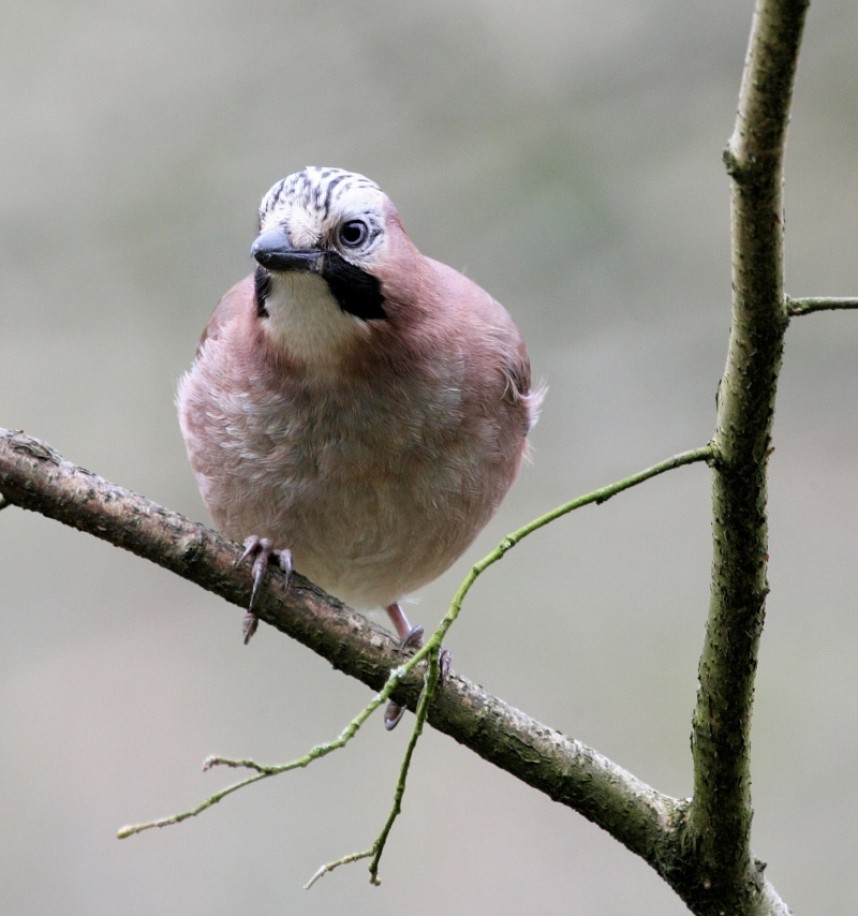
Jay © Dan Lombard
Many late summer dragonflies are still on the wing. Two similar species to look out for in early October are Common Darter and Ruddy Darter. Both can be found in a wide variety of habitats often well away from water. On the coast numbers can increase during periods of southerly or easterly winds when migrants arrive from Europe. They can be told apart by a combination of features with males much easier to identify than females. Ruddy Darter males have all black legs, a blood-red colour in mature males and a noticeable waisted appearance. Common Darters have yellow stripes on the legs.
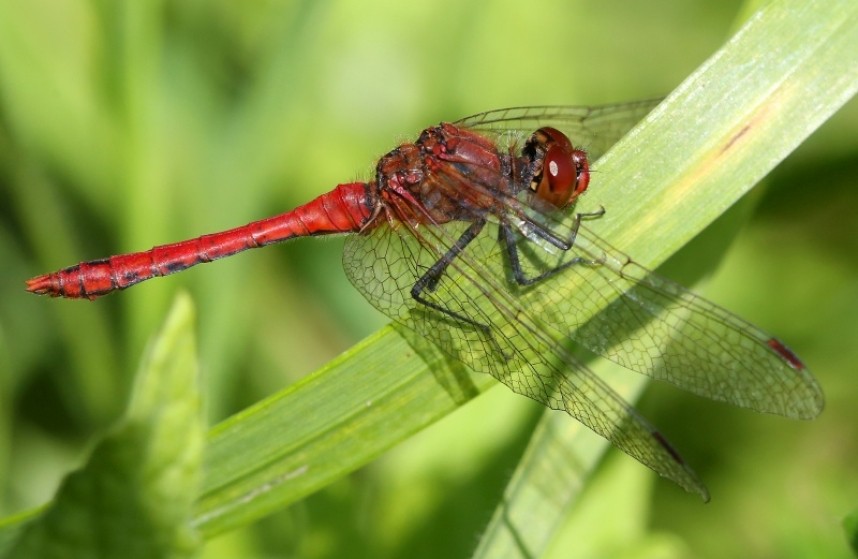
Ruddy Darter © Dan Lombard
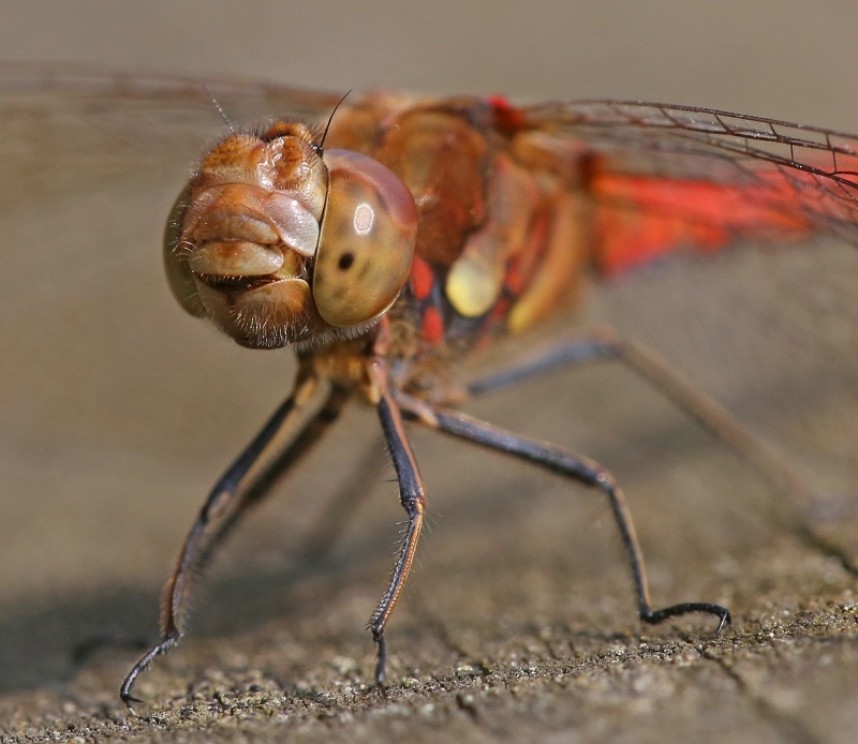
Common Darter © Dan Lombard
From August through October Dogger Herring (the local name given to the Herring population in the Dogger Bank area of the North Sea) can form large shoals. Larvae hatched in autumn spend their first winter drifting towards nursery areas in the North Sea. Late September and October can be the best time to see one of the largest mammals in Yorkshire the Humpback Whale! These massive animals are attracted to the Herring spawn alongside the Minke Whales which have been with us throughout the summer.Each year small numbers of Humpbacks are seen off the Yorkshire coast from fishing boats or organised trips especially between Whitby and Staithes.
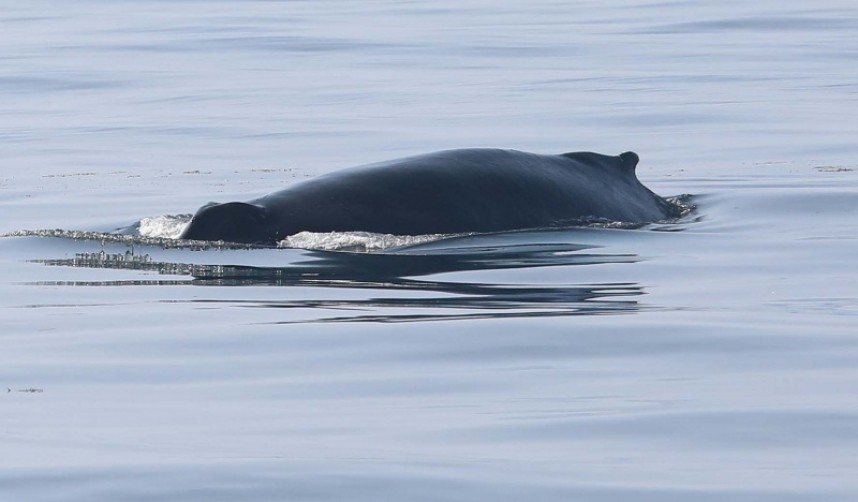
Humpback Whale © Richard Baines
Autumn and winter is the best time of year for finding some amazing fungi. Giant Puffballs can grow really big up to 50cm in size! They can be found in grassland especially where the earth has been disturbed. It is estimated that the average mature specimen of the largest species Calvatia gigantea contains 7 trillion spores!
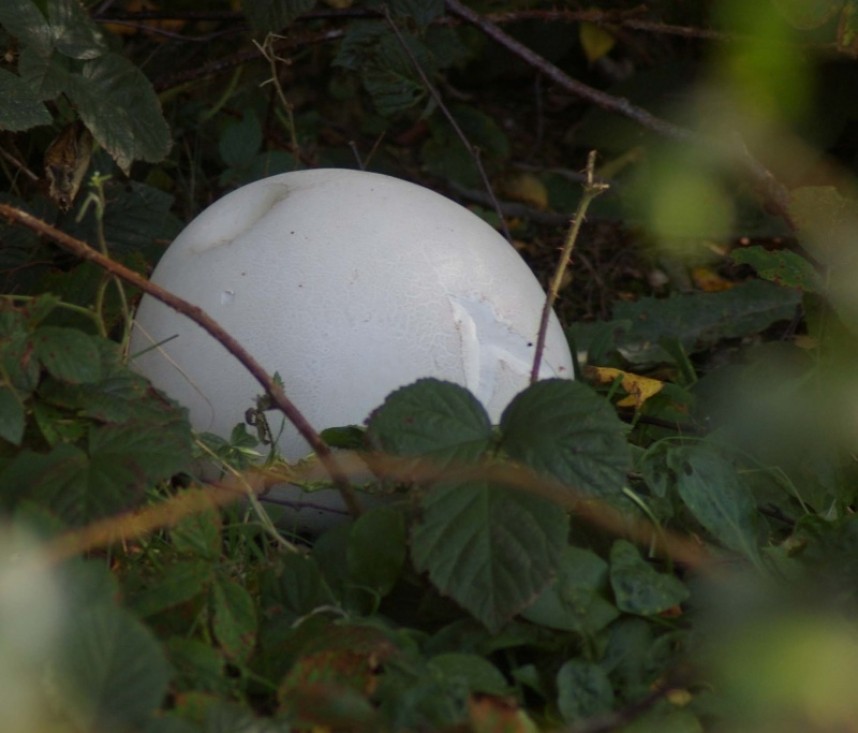
Giant Puffball © Dan Lombard



 Back to Blog
Back to Blog
